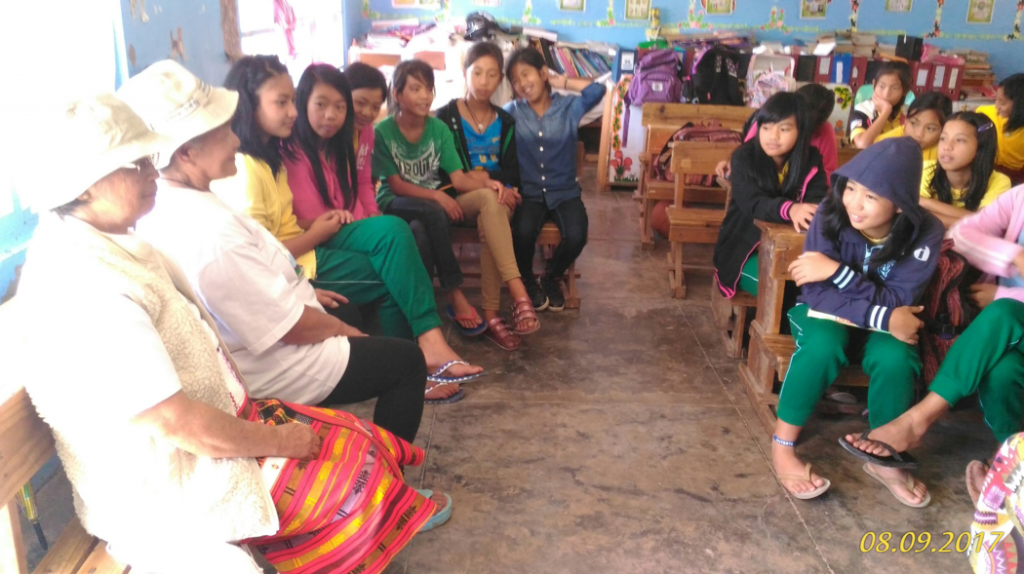
Among the Kankanaeys in the Cordillera of Northern Philippines, the dap-ay, the indigenous political system which is also a physical structure, is where elders told stories and taught community values every night around the fire to the young males. Old men and male adolescents slept in the dap-ay which served as a boys’ dormitory up to the 1960s. Modern times caught up with traditions and this practice has waned. The tribe saw the revival of the dap-ay as a regular venue for the transmission of indigenous knowledge, values and culture.
The Pidlisan tribe from the Kankanaey ethno-linguistic group saw the pressing need to raise public awareness on the importance of reviving indigenous ways of learning and knowing (IWKL) and indigenous knowledge systems and practices (IKSP). With the facilitation of Tebtebba Foundation, a project was launched where sessions with the community, with the teachers, with students, teachers and some elders, were held. At the end of each session, participants identified their plan of action.
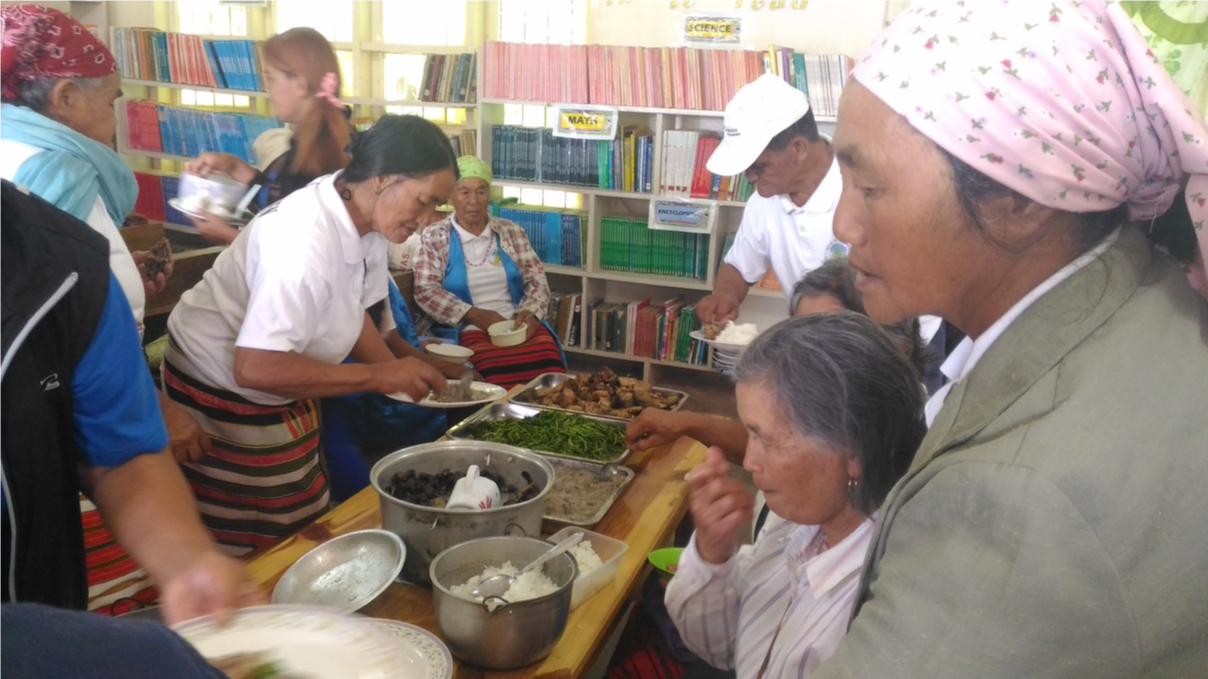
The sessions were venues for teachers to reflect on their role as educators and they realized that they had been instrumental in promoting the westernized educational system and unconsciously been part of the erosion of indigenous knowledge. These reflections led them to discuss and design instructional and learning materials. They subsequently published “Orthography of Sagada Kankanaey;” their stories and of local heroes; Kankanaey – English Dictionary; “The Rice Culture” which is a reference material (with a video production); materials for reading comprehension; and a book on riddles.

Learning by doing is an actual demonstration of skills development and knowledge build up. The community buckled down to work on innovations in tree planting, agro-forestry, and wet rice cultivation. Learning from another community, the Pidlisan Tribal Organization decided to maintain a tree nursery to serve as source of planting materials for the enhancement of their forests and for the students to learn how to manage the nursery and be of service to the community. They developed an agro-forest in around 20 hectares to answer the increasing need for cash, combining cash crops with forest trees. Being indigenous peoples dwelling in the forests, they still maintain their forest cover. They realized that rice production had been decreasing in the last two decades. To boost this, they turned to modern science to improve indigenous fertility maintenance and enhancement, such as culture of microorganisms and speedier decomposting processes. They put up the Center for Production of Organic Farm Inputs and these innovations in the rice lands almost doubled the yields in the experimental plots.
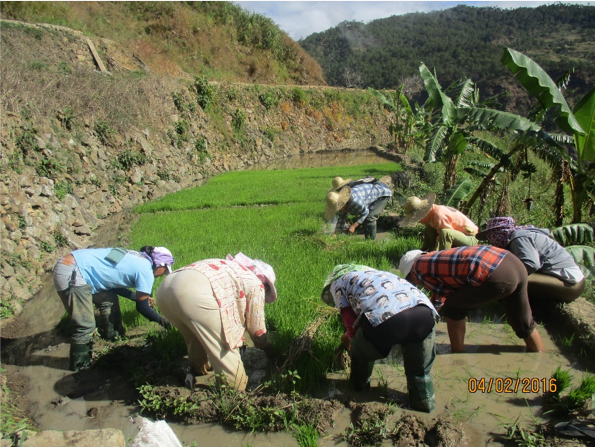
Acknowledging the youth’s inclination towards audio video teaching aids, the participatory video production was included in the project where workshop for students and some teachers involved skills building and creative use of the video camera. The output was a short video and footages that can be further developed for various subjects.

Research and documentation mainly supported the production of learning/instructional materials. Aside from traditional rice farming, aspects of indigenous socio-political system were documented which still needs completion.

While teachers opted to do the tasks collectively and voluntarily as part of correcting some flaws in the educational system of which they had been part, the youth started participating in the performance of community rituals and they articulated their desire to learn the tasks in the farms and willingness to reconnect to the land. If at first there was reluctance on the part of the people, this dissipated with the enthusiasm of the teachers who carried out the activities of producing relevant instructional materials and were able to produce results more than what was targeted; and the elders who took on their role as resource persons which increased their confidence; and the farmers who faced challenges head on in rice production and committed to promote sustainable agriculture in the face of climate change.
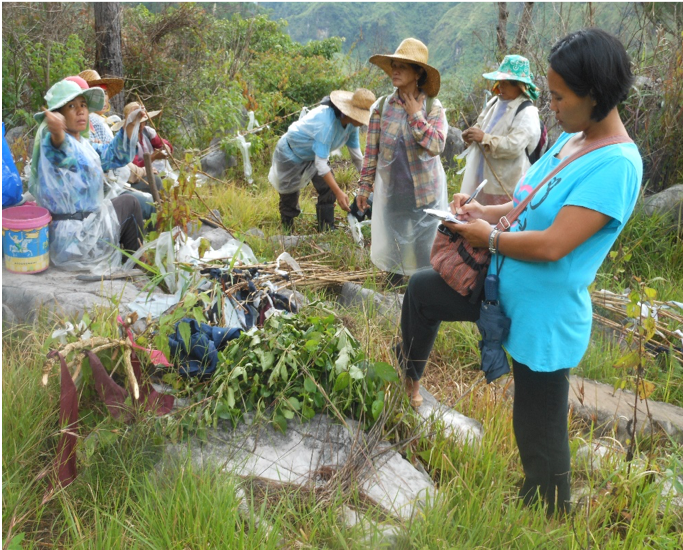
The testimonies of the community members were documented and these are their voices:
“Having been nurtured by the teaching of our elders in our communities, most of us senior teachers are very much aware of the gradual but continuous erosion of indigenous values. The effects on the children is worrisome, hence we are more than willing to contribute to promoting and strengthening indigenous knowledge in any which way we can.”
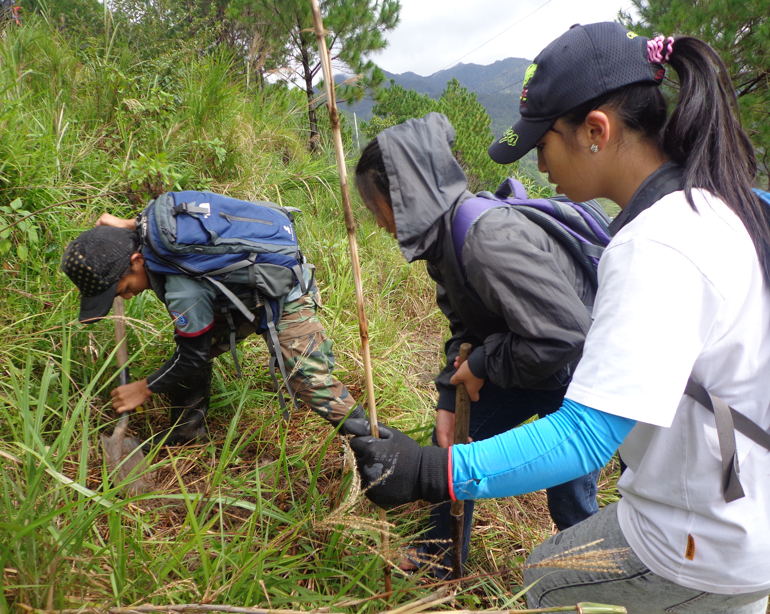
“While we hunger for more effective ways of teaching, we find the lack of resources a major challenge; hence the support from the project is highly appreciated.”
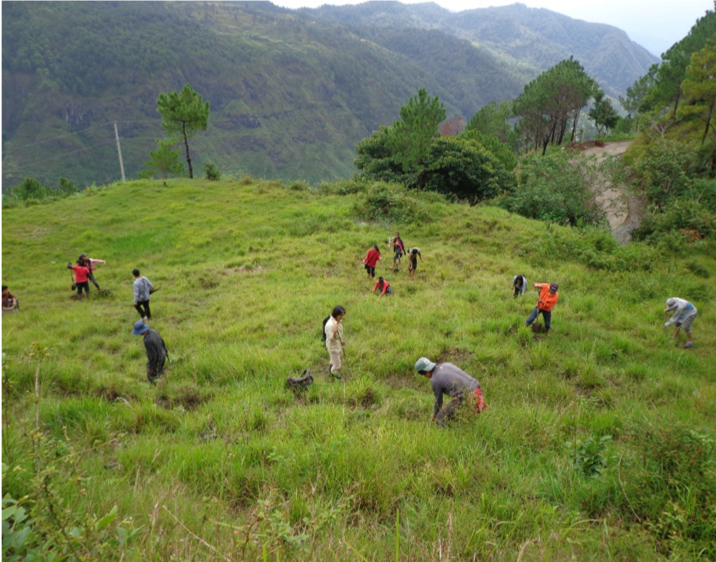
“Our experience in doing the innovations in the rice lands has inspired us to learn and to do more and new found hope was born – that we can do something to better our well-being.”
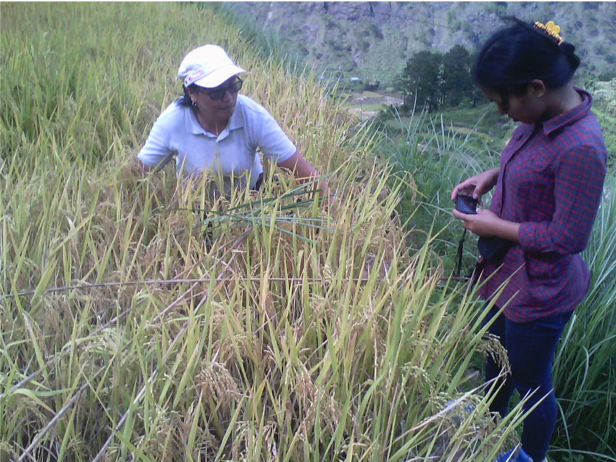
“The initiatives of Guesang community to produce organic farm inputs may contribute to the success of organic producers in the whole municipality of Sagada. It is a small step now but I know it can open a much wider path for organic producers.”

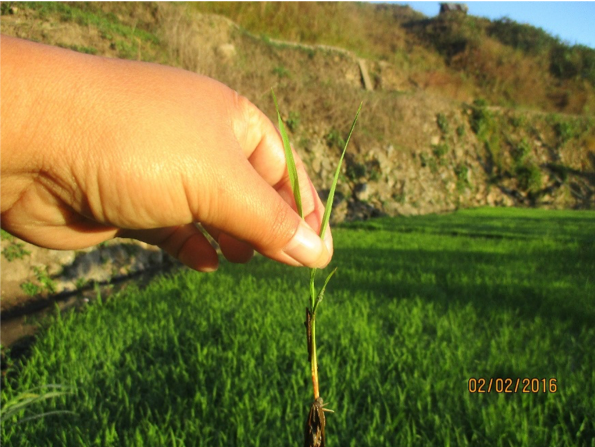
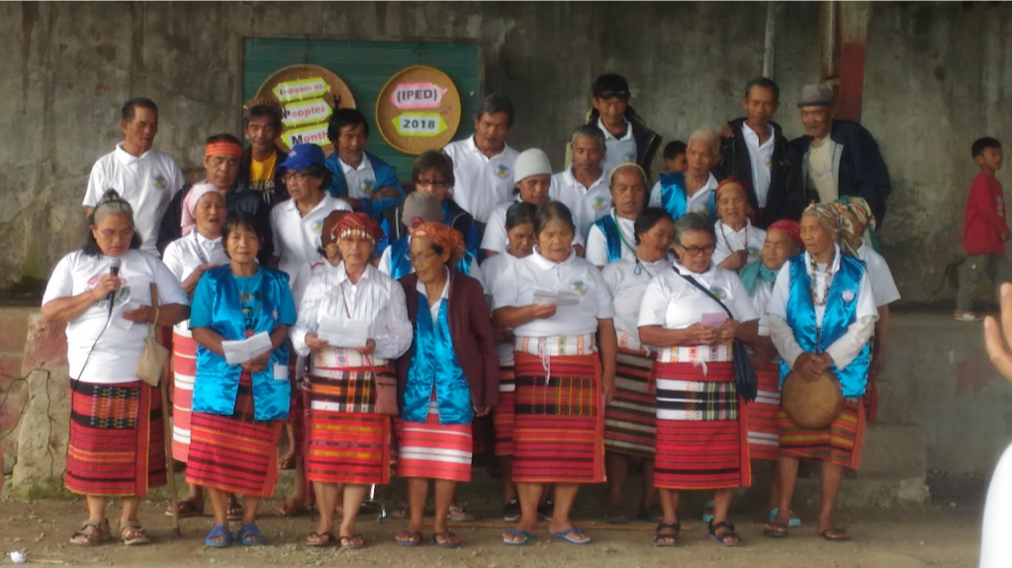
(The project “Promotion, Enhancement and Transmission of Indigenous Knowledge and Practices of the Pidlisan Tribe, Kankanaey, Igorots” in Sagada, Mountain Province, Philippines was implemented by Tebtebba Foundation in January, 2017 with the support of PAWANKA Fund.)

